What is landscape photography? | tips and necessary equipments
If you want some tips for landscape photography and also want to know about what type of equipment you will require for best landscape photography. Then read this article and at the end there is a link of one photography course for beginner photographers so just check it.
What is landscape photography?
Landscape photography is the art of capturing images that contain nature and the outdoors. A great landscape photograph attracts the viewer's attention and gives them the feel of being there and seeing something incredible. Whenever you click a landscape photograph you must have to take care about that the viewers can connect with the emotion that you felt when you shoot the photograph.
What type of equipment is required in landscape photography?
1. A Strong Backpack
You need a backpack that can contain whole equipment that you required in the landscape photography. Your backpack must be strong enough to to carry weight because you are going to carry heavy equipment like tripod.
2. DSLR Camera
In landscape photography required a good DSLR camera photography you can choose camera which have a full frame image sensor and for that my suggestion is you can go with DSLR because I am using it personally and it is really good.
3. A Tripod
He was required tripod for landscape photography because anytime when you are capturing landscape photography you need to be stand on rocks, muddy ground, sand, etc. For protection of your camera and taking clear picture without any Blur you will required a tripod for your camera.
4. Good lenses
You will require a good lens for the landscape photography. For landscape photography you can choose a wide-angle photo lines which will help you to capture the whole scene. But if you want to capture the full scene in full details then you must require zoom telephoto lens. If you have a good quality Wide Angle lens then you can capture a full detailed pictures of the whole scene with those Wide Angle lens.
5. Remote Trigger or Shutter Release
To avoid camera shake while taking photos you can use remote Trigger or shutter release. Even if you are using tripod you must have a remote Trigger aur shutter release because a little bit of physical touch to the camera can make a camera shake which will result in blurry photos.
6. Filters
Landscape photography required a different types of filters like natural density filter, graduate natural density filter, reverse natural density filter, UV or clear filter and circular polarizer
7. Extra Batteries and Media Cards
In landscape photography we normally go outside for photography and for that you must have extra battery and media cards.
Tips for landscape photography
1. Choose the Best Camera for Landscape Photography
You have to choose the best camera for landscape photography. Now one question will be in your mind: which camera is best for landscape photography? The best camera for landscape photography is the camera with full frame image sensor and nice Wide Angle lens, but occasionally the best lens for landscape photography might be a zoom or telephoto lens. For the perfect landscape photography and sharp photos you want to shoot at F/16 aperture or even F/22 aperture. high aperture allows you to capture detail both the foreground and background.
DSLR Cameras with their many choices of the lens and the manual setting will produce the best landscape photography images. DSLR cameras have a larger image sensor that will produce more detailed and sharp images and these all features make the DSLR camera best for landscape photography. Latest mirrorless cameras are also best for landscape photography and they are smaller in size and lighter than the old cameras.
2. Polarize
Circular polarizer is the one of the best landscape photography technique used by professional landscape photographers. This teacher of class 10 make all the difference between professional Artist and the Shooters. In daytime situation depolarizer allows you to manipulate this skylight by making Blues pop and clouds more beautiful and dramatic look and more detailed.
3. Use neutral density filters
Neutral density filters are a great tool for photographers. Neutral density filters make them darker than they appear by reducing light that reaches the camera. Normal neutral density filters are used in capturing long exposure photography in the time because deserters reduce the light that reaches the camera. If a photographer is used as a density filter correctly then he can create a surreal, painting-like quality, especially with the seascape and waterfall.
4. Use Graduated Filters
If you don't want a filter that a factory whole photo for that graduated filters are the best if you need ND Filter to darken an overexposed sky reach for the graduate density filter. They come in combinations that you like but my suggestion is primarily go with the half ND Filter of one or two stops.
5. Use Wide Angle Lens
The wide angle photography lens landscape photography but it is not applicable in all types of situations. In some situations when you want to focus on small details like a sunrise over a distant mountain peak. For this type of situation, a zoom telephoto lens will help you to think outside the box and regarding your composition. but if you have a good quality Wide Angle lens then it will help you to capture detailed photos and you can also go closer to it with your Wide Angle lens rather than zooming in with a longer lens.
6. Use Tripod
One of the most significant aspects of right angle photography is to capture a sharpest and detailed picture of a wide area. When you are shooting at low shutter speed which is common in landscape photography for best results then you need a tripod for support because a little bit of hand shake makes your image blurry. Tripod is the one of the heaviest gear in photography but it also helps you to capture pictures without Blur.
If you want to buy your new tripod then click on this link for the best deals on the tripod.
7. Use Water as a Mirror
Landscape photography water reflection can make your image look more beautiful and attractive than normal one. Water reflection gives a beautiful look to your picture. You can capture this type of picture on your nearby lake or river. If you click this type of pictures in Golden hour then you will get really good results without using any filter or composition.
8. Clouds can make your image more attractive.
Clouds Can attract viewers' attention towards them in landscape photography. If you capture a landscape photograph without clouds then it may look like an interesting landscape photograph. Streaky cirrus clouds reflect pinks and oranges during sunset, and dramatic and contrasty cumulonimbus thunderheads change the tone of a photo entirely.
9. Shoot at night
You can also click Wide Angle photograph during night time. Latest digital camera have fantastic like capturing ability and low light setting. You can set a right angle lens on tripod and Mount your favourite camera can capture amazing night time photography scenes that will make your landscape photos look awesome. If you want to do star photography then it will take some practice and some special planning. You are living in big cities than you will get bright skyglow rather than milky way pattern in your photos so you have to search talk areas like park nearby you so you will get low skyglow.
10. Make your foreground look interesting
A Great landscape photograph contains a balanced depth into it. This means you need to add something in the foreground like trees, mountain creek, etc. When your viewer looks in the foreground of the image then it must attract viewers attention. For example a mountain range is nice but a lake rounded by forest reflecting those mountains looks amazing and attracts the attention of viewers more.
11. Try to include some people or animals in your shots
People and wildlife are perfect subjects for adding depth and interest in landscape photographs. Including people in your landscape photographs helps viewers to imagine that they are there in the place of those people. So adding people in your photographs will attract your more than simple one.
12. Landscape Photography camera setting
Modern DSLR cameras are amazing and their abilities to capture quickly and to work in very low light. But in that camera pictures are taken on hire ISO settings are very grainy. And this one another reason why tripods are required in landscape photography. Try to keep ISO number as low as possible this will result in long exposure time but you will get a higher quality and the sharp photos.
Landscape photography normally requires high f-stop aperture of F/16 or F/22 are common, ensuring that the lens focus details in both the foreground and the background with very depth of field. If you need to achieve both high f-stop and low ISO slow shutter speed required and at slow shutter speed you must require a tripod to avoid blurry images by camera shaking.
The histogram display on your camera can be a great help to all photographers. When used correctly, this informational display can tell you if the bright whites have been clipped or if the blacks are underexposed. This can be invaluable when setting up the shot and picking your camera settings for the perfect exposure.
13. Shoot in RAW Formats
Photos clicked in the row format contain more information than the JPEG format. In JPEG format it might be simple to save in the camera. But you will lose many Useful information that could be important during the post-processing. With the ability to adjust color balance and exposure details much more accurately, developing a good workflow with RAW files can be invaluable.
14. Use rule of thirds
To use the rule of thirds, imagine four lines, two lying horizontally across the image and two vertically creating nine even squares.
Some images will look best with the focal point in the center square, but placing the subject off center at one of the intersecting points of the imaginary lines, will often create a more aesthetically composed photograph.
When a photograph is composed using the rule of thirds the viewers get more attracted to the photograph. A picture composed by the rule of thirds is usually more interesting and pleasing.
15. Reduce Unnecessary Things
You need to reduce everything which is unnecessary in your photo. This is a best benefit when we are shooting landscape photos. Capturing the whole scene is too much for one photograph. We can use small details to tell the whole story without overloading the viewer.
16. Change Point Of View
17. Leading Lines
Leading lines at some form of visual interest that attracts the viewers towards the image. You can take help of roads, rivers , rocks bridges or anything else to create a leading line in your photos.
When you understand the concept you will find living and everywhere you shoot it's a simple composition technique that can help in your photography.
18. Movements
There is another great way to add excitement in your scene is to focus on movements. Like waterfalls, cars on the road, waves on the beach, you can bleed all with long exposure that are common for Deep detail landscape images. You can use neutral density filter that will help you to achieve that you are looking while keeping the scenes detail sharp and interesting.
19. Visit new locations
Only you can camp out and plan on spending some time in the location that you love. You can visit the location when the light has changed and during evening or morning you can use different lens filters. If the spot of choice is too far then you can stay there for the whole day or even you can do camping overnight. Even you can make the photography just one part of your adventure tools for picnic.
For this very reason, you may find that your favorite landscape locations are close to home. If they are easy to access and you travel there often, you will see the best lighting, season, and angles for a location. Keep this in mind on your next photography trip.
20. Try New Things
You always have to try new things in photography. The beauty of shooting with a digital camera is that there is never any harm in trying new things. If you got a different idea for an awesome photo just try it. In photography, maybe even more than other hobbies, there are no real rules. Try out your crazy ideas, have fun, make mistakes, and most importantly learn from those mistakes.
21. Focus on Small Details
Landscape photography sometimes overly focused into our Wide Angle view of this scene and if forgot about the small details in our scene and that much more than we think. We have to look for more details in this scene because they have their own study to tell about the place and the time. What is unique and special about a place, and how can you zoom in on the special quality that it provides? This is not necessarily suggesting that you should adopt a new hobby in macro photography, just that it is often a lack of focus on individual details that make some landscape scenes cluttered and confusing. So for the best landscape photography images you have to focus on holds seen rather than going to focus on Wide Angle only.
22. High dynamic range (HDR)
High dynamic range photography is becoming all the range and it is well suited for landscape photography because it adds detail and death in your photos. HDR will help you to capture the detailed landscape photos. In photography sometimes we are stuck in situations where our scene is highly contrasted where if you focus on an exposed area then the underexposed area will get dark and if you focus on the underexposed area then the exposed area will be white. For this type of situation we can use HDR mode it will help us to capture details of both areas overexposed and underexposed.
So if you want to capture the correctly exposed photos and pest landscape then use HDR (high dynamic range).

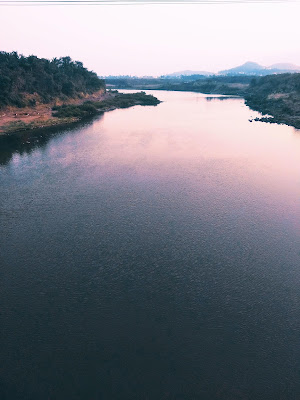

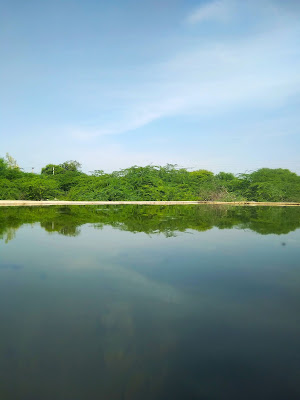
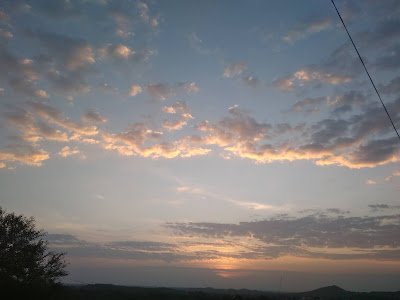

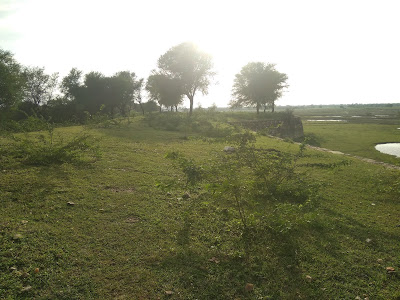
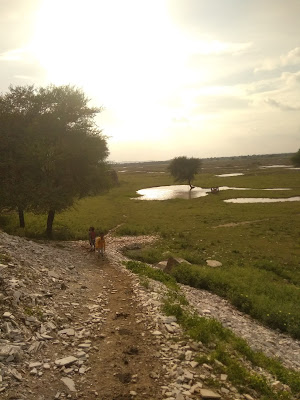
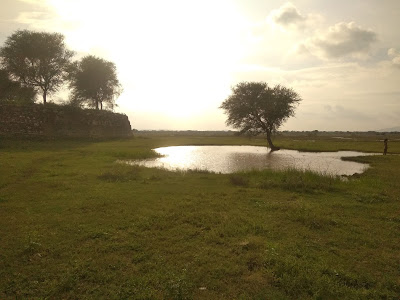


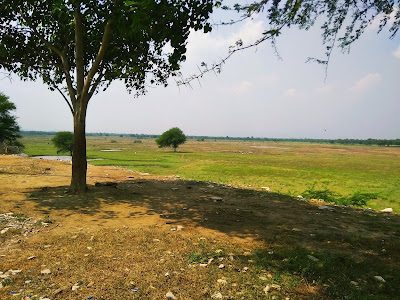
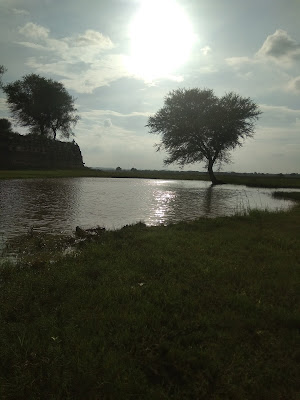
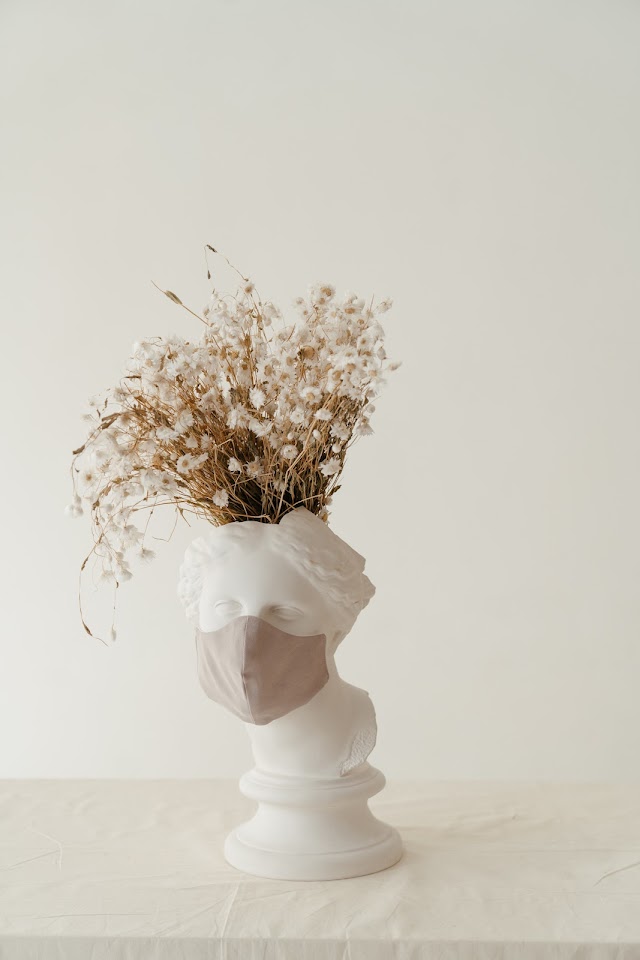


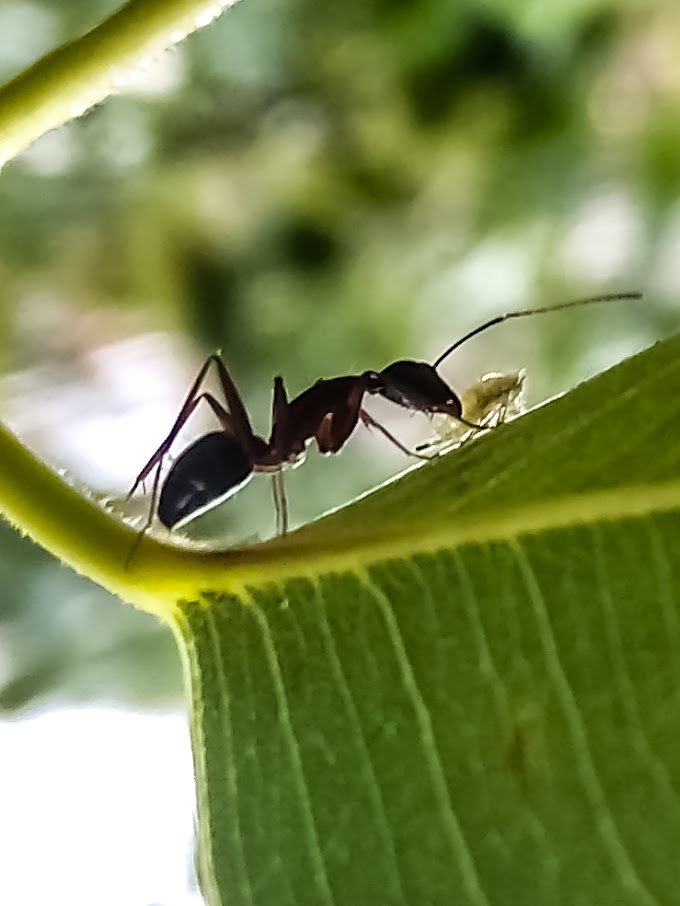

0 Comments